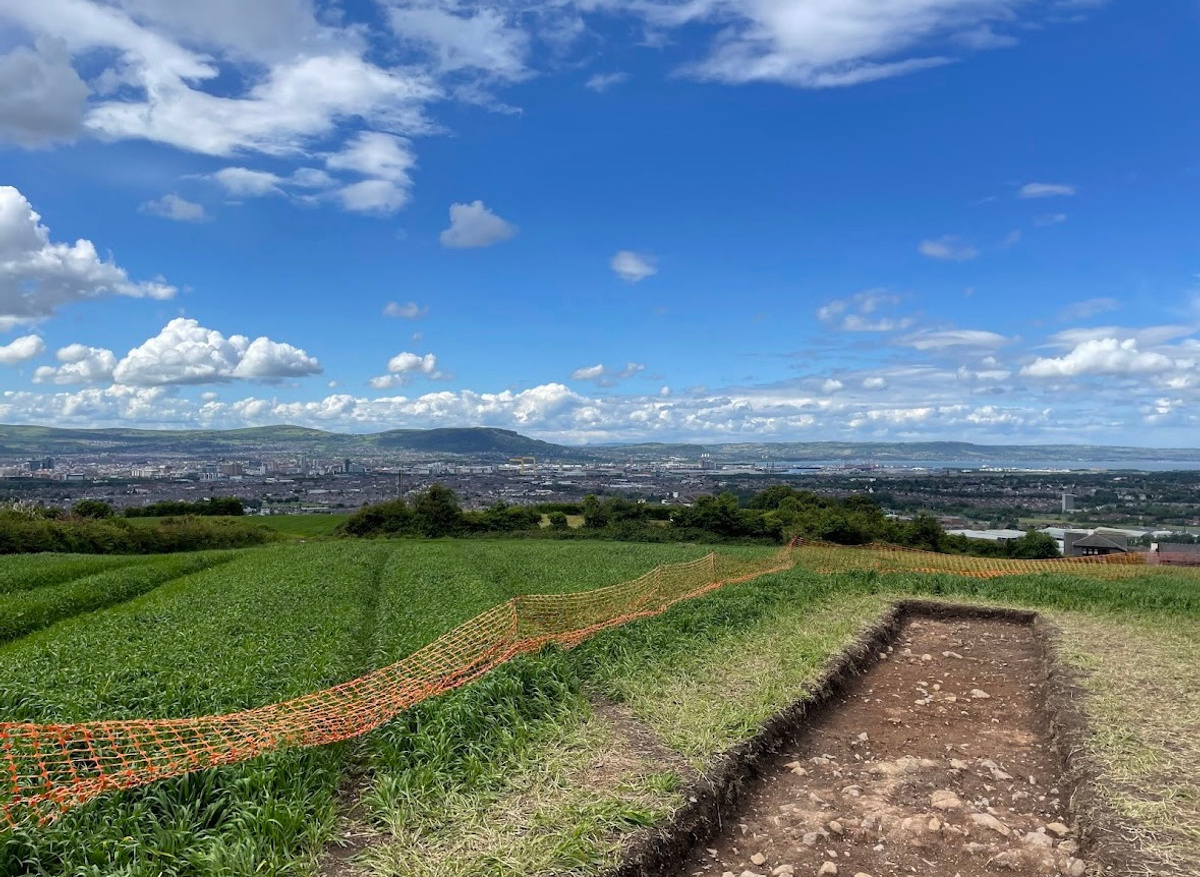A Day in the Life of a Community Archaeologist
When people think of archaeology, they tend to be thinking about famous sites such as Pompeii, Machu Pichu and the Pyramids of Giza. But often overlooked, even at times by seasoned archaeologists, is the community aspect of archaeology. Many do not seem to realise how important it is to speak to the local community about sites, people who can give us information that has been passed down through the spoken tradition over generations, information that history books do not have. This is something that I have grown to appreciate during my time working as a community archaeologist.
To start, my name is Étáin and I am a fourth year university student of Archaeology and History at Queens University Belfast. I am currently doing my placement year with the Centre for Community Archaeology, Queen’s University Belfast, which is currently engaged in its 3 year Community Archaeology Programme NI (also known as CAPNI).
The definition of community archaeology is given as ‘for the people, by the people’. I have spent the last year working primarily as a community archaeologist, using outreach programmes to make archaeology more accessible to the general public, after centuries of exclusivity. In the past, archaeology was all about the professionals. Community archaeology, by contrast, helps members of the public to get hands-on experience in the field and allow them the chance to interpret the past themselves.
My work is primarily based in community excavations, school hubs, festivals and graveyard surveys. These go as follows:
- For community excavations we split the day into two sessions so that we can focus our time and efforts on the different groups, made up of local school groups and local adult volunteers (although we happily welcome people from all over and in fact have a group of volunteers from Derry who have joined us on excavations in Omagh and plan to join us for more!). We aim to teach everyone about the site we are excavating, provide the basics of excavation techniques followed by the opportunity to dig in one of our trenches. For school groups, we teach them about artefacts from our teaching collection to show them the different ranges of artefacts that can be found on the island of Ireland.
- For school hubs, we either go to a school or a local community centre (often close by to where one of our community digs have been). Here we teach them about the artefacts in our collection, similar to how we do it on a dig, but we also do activities centred around stratigraphy and scale drawings of archaeological features. An example of one of our school hubs took place over a week in Bagenal’s Castle in Newry, which allowed us to focus on the history of the castle as well as use the castle’s archaeological features for the kids to draw.
- Festivals are a chance to reach people who have limited experience of archaeology, as well as a chance to show off our more specialist skills especially through the likes of experimental archaeology, a fascinating area that focuses on using past techniques such as flint knapping or making pottery using prehistoric techniques. Festivals help us to reach out to larger group of people, numbering into the thousands.
- Graveyard surveys offer a surprisingly rich amount of information. We begin by taking photos and the coordinates of the headstones. We also hand out sheets to local volunteers to fil in, which includes a sketch of the grave, its headstone type, materials, orientation, inscription and motifs. The local volunteers who get involved with this are often able to give us more information as frequently these are the graves of their relatives or neighbours. We experienced this on our graveyard survey in Kilmore, where the volunteers were able to tell us the townlands their ancestors were originally from, as well as their careers and any relatives buried nearby under different names.
Incorporating local knowledge is seen as vital by some archaeologists for the survival of our discipline. Through my work, I have been able to see first hand how important this is. For instance, there have been cases on digs when our volunteers have found artefacts that none of the professional archaeologists on site have seen before. It was, in fact, a volunteer in the Shaftsbury Park dig in Carrickfergus, with her unique knowledge of local history, was able to tell us that an unidentified excavated object was possibly a wig curler.
Our work also allows us to build a rapport with the local community that helps to facilitate future work and collaboration/opportunities. An important aspect of community archaeology can be this cross-community focus.
Community archaeology has helped me become a better archaeologist, as it brings in other perspectives through the engagement of local people and local knowledge. I have also become more confident in working with children, something I used to dread in the past. I admittedly did not know much about community work before joining the CCA due to my focus on the more academic side of my degree, but I now appreciate just how valuable and rewarding the work is, not just for myself but for all those we have worked with.


